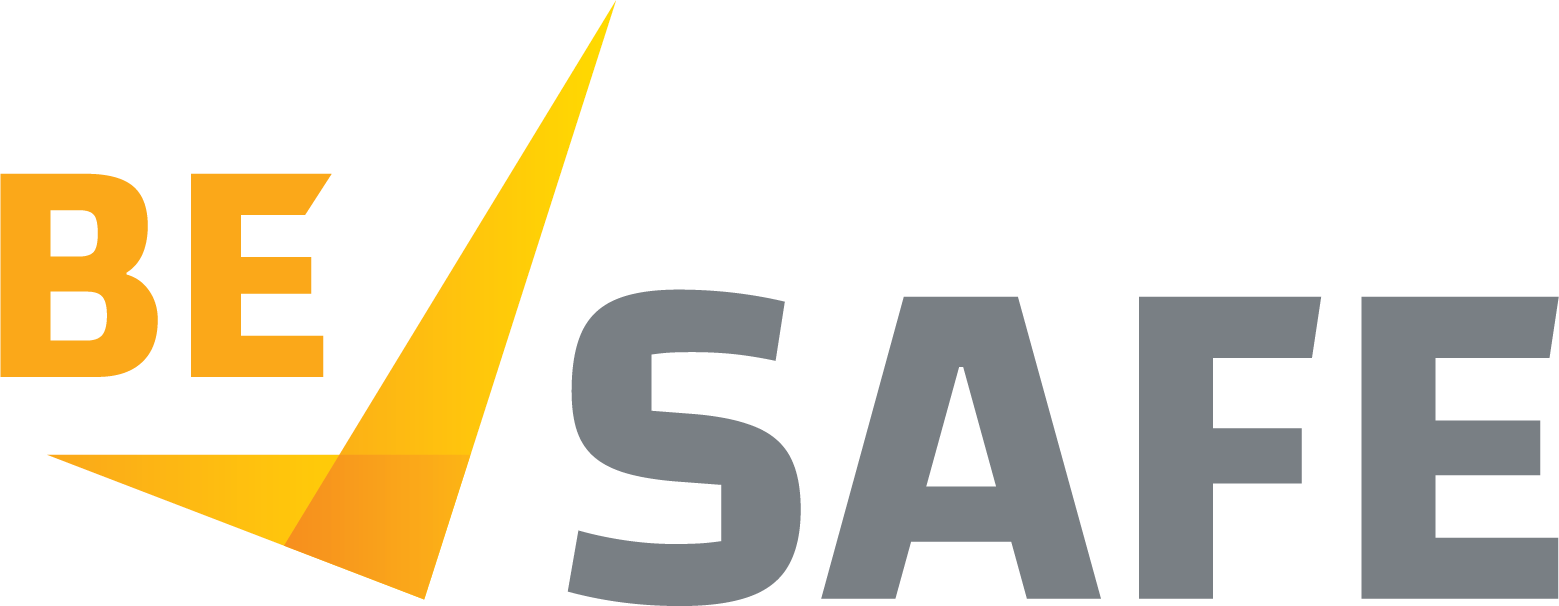Failure to supervise is an indictable offence.
Section 21 of the Victorian Occupational Health and Safety Act 2004 - Duties of employers to employees dictates that employers must provide ‘supervision to employees as is necessary to enable those persons to perform their work in a way that is safe and without risks to health’.
Failure to do so is an indictable offence.
Who must be supervised?
It is the legal responsibility of the employer to provide supervision in order to ensure workers are following safety instructions and working safely – but who does this include?
The legal obligation to supervise extends to any person to which the employer has a duty to provide a safe workplace. This includes:
- Direct workers – full time, part time, or casual
- Labour hire workers
- Independent contractors
- Employees of independent contractors
Who can be a supervisor?
In order to effectively supervise workers, the designated supervisor must be competent and trained to carry out this role. Before undertaking a supervisory role, the person should:
- Be trained in OHS legislation
- Be trained in workplace policies and procedures
- Understand all the obligations under OHS laws
- Understand what the workers’ experience and skills are
- Understand the tasks being carried out and what safety requirements apply to these tasks
- Understand the level of training required for workers to safely undertake these tasks
- Have authority to make decisions and act on OHS issues immediately
- Be resourced to carry out their OHS supervisor obligations effectively and meaningfully
The supervisor should not only receive training before becoming a supervisor but should also attend regular refresher training.
Do you want to know more about supervision and whether your workplace is meeting its’ legal obligations? Take a look at Safety supervision: Creating an environment for effective supervision | WorkSafe Victoria




